By Margaret Atwood, Chuck Palahniuk, Sara Kenney, Samuel Sattin and Chip Zdarsky
—
The state of comics today is such that the industry draws not only the aspirants who cut their teeth on the four-color page but those from other artforms: Novelists, filmmakers, chefs, basketball Hall of Famers, you name it.
But comics writing is a specific discipline and even the best from elsewhere find there’s something to learn. Here are five creators — Margaret Atwood, Chuck Palahniuk, Sara Kenney, Samuel Sattin and Chip Zdarsky — to share their insights with you:
—
MARGARET ATWOOD, Booker Prize-winning novelist and writer of the graphic novel Angel Catbird, illustrated by Johnnie Christmas, colored by Tamra Bonvillian and published by Dark Horse Comics.
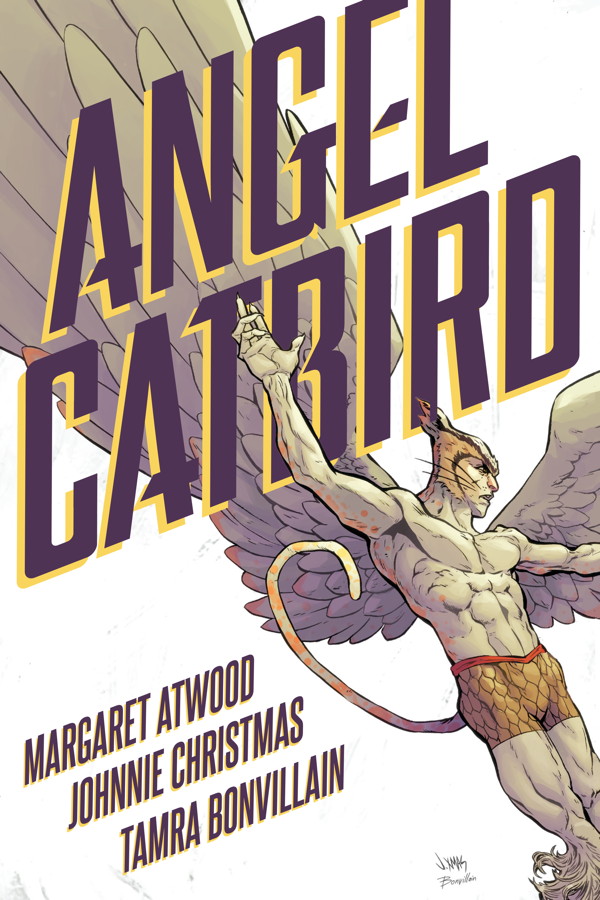
1. People who can draw beautifully, like Johnnie Christmas — my co-creator — are invaluable. So are people who can colour beautifully, like Tamra Bonvillain. Unless you are writing, drawing, colouring, lettering, and publishing the whole thing yourself, it’s a group enterprise. Writing a novel may appeal to the megalomaniac control freak in you, but working on a graphic/comic with other people will call out the summer camp co-counsellor. Or else that character in the old Mickey Rooney kids’ shows: “I know! Let’s create a comic!” “Great idea! I’ll bring the lemonade!” You need to share notions and energy. And don’t go out on the lake in a thunderstorm.
2. People who go to comic cons and fan expos are generally amiable and accepting of differences. There’s you, and U, and yoo, and the yellow pyramid with the funnel for a head. Rigid concepts of norms would not get you very far in this crowd. Anyway, it’s nice to be among folks who don’t think you are a total nut. Even if you are. “A part bat, part cat, part vampire? Why not?”
3. Did I learn anything new about writing novels? Nope. Did I admire the skill with which a facial expression or body pose can be used in storytelling? Yup. Did I have fun? Double yup. Does that help me with The Human Condition? Always.
Would I do it again? In a cat-nap! In a bat-blink! Life permitting. “But at my back I always hear/Time’s winged chariot hurrying near.” As one does.
—
CHUCK PALAHNIUK, New York Times bestselling novelist and writer of the #1 NYT bestselling graphic novel Fight Club 2, illustrated by Cameron Stewart, colored by Dave Stewart and published by Dark Horse Comics:
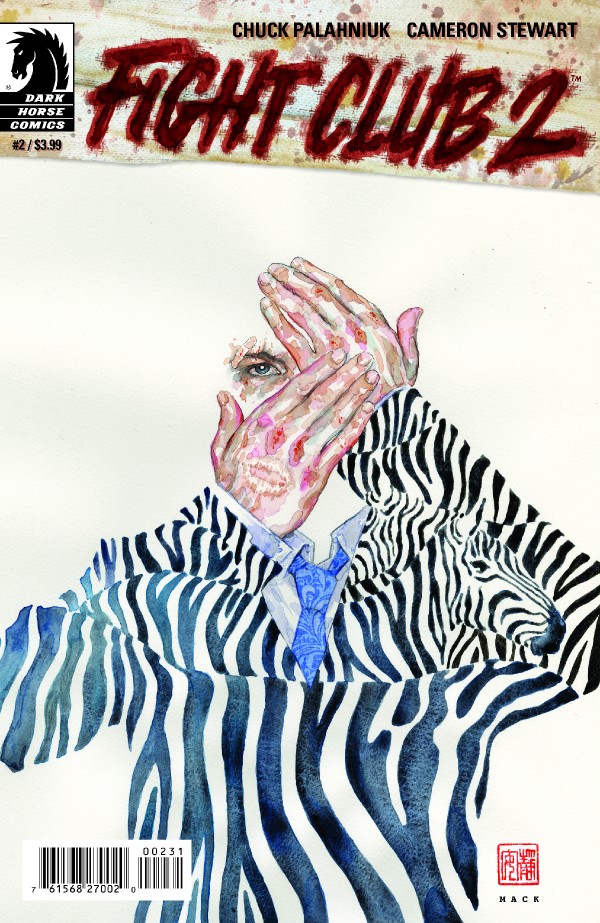
4. Cover, block or avert a speaker’s face if you want to undermine what she’s saying. In prose now, I love to have a character lift a napkin or coffee cup as a mask, blocking his expression as he says something crucial. If the audience can’t read body language that undermines a sense of the speaker’s sincerity. In Fight Club 2, I asked Cameron Stewart to use meta objects — pills, rose petals, the Zapruder film — that seem to lie atop the page and occlude facial expressions or overly clever dialogue.
5. Cameron Stewart taught me how little of a face or body need actually be shown. A floating close-up of surprised or blazing eyes, or a sneering mouth conveys more than any dialogue. Close-ups of hands also carry endless meanings. Consider how many hand gestures we use to communicate nonverbally. Fingers snapping, thumbs up, fists, peace signs, etc. A series of small close-up panels floating atop a larger “coverage” panel of the overall scene can convey a timeline of actions within a fight, a seduction, or any protracted physical process.
—
SARA KENNEY, acclaimed documentary filmmaker (“Angels and Ghosts”) and writer of Surgeon X, illustrated by John Watkiss and colored by James Devlin and published by Image Comics:
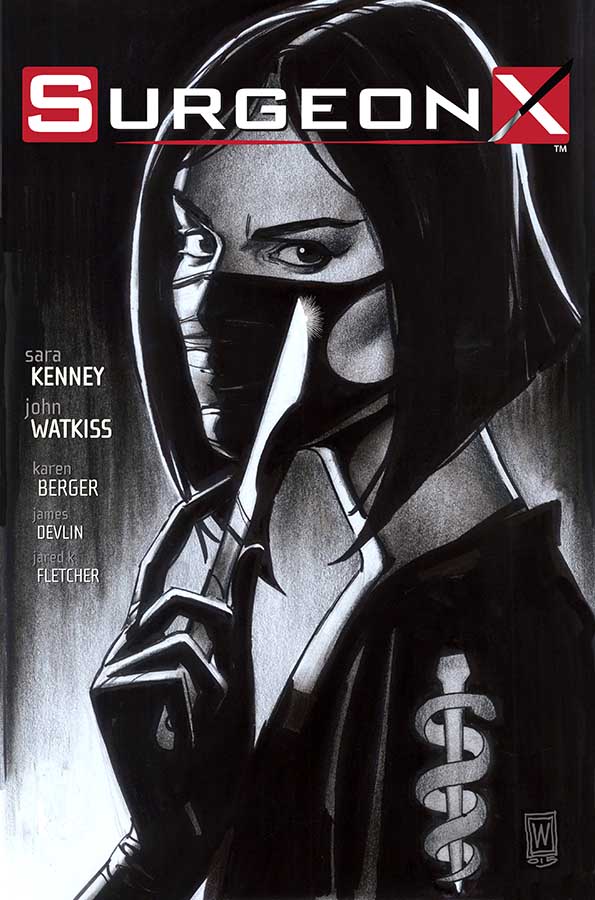
6. Comic writing is an extraordinary craft — in my mind both an art and a science. You can’t write a good comic without being artistic, but you need a logical mind to build a robust storyworld and for it all to make sense. Take time to learn that craft and if something isn’t working don’t be afraid to throw it away and start again.
7. Visual and conceptual themes are important in filmmaking and they are fun to play with in comics too. In Surgeon X, I’ve used “masks” as a thematic element that runs throughout the series — both real and digital masks. Say something about the world or the human condition with your themes.
8. Life would be tragic if it weren’t funny (Stephen Hawking). Be sure to add a sprinkling of funny.
—
SAMUEL SATTIN, acclaimed novelist and writer of Legend, illustrated by Chris Koehler and published by Z2 Comics:
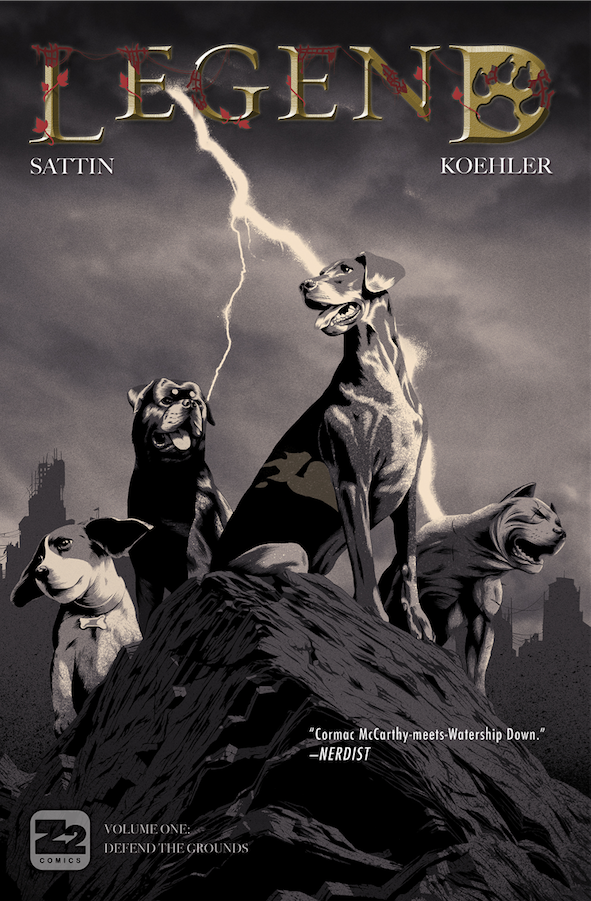
9. When you’re writing a prose book you can shift things around easier late in the game, because you’re dealing with words. Art is just more physically demanding, and finished illustrations aren’t nearly so malleable. As a writer you have to plan better, and you have to strip down your story to its bare essentials. I came to realize that every character, every facial expression and scene I describe in a comic script will be illustrated differently than I expected it would, and that’s a good thing. Artists possess a lot of knowledge that you as a writer don’t. It’s good to trust them, particularly if the artist is a co-creator, as is the case with Legend. Your combined aesthetics can create something entirely unique.
10. One of the funny paradoxes of comics is that while they take so much energy to create, they’re built for speed, and more so than with novels, demand to be read quickly. The better ones are often those that move at a fast pace, so fast sometimes that something you work on for five years can be torn through in an hour or two.
—
CHIP ZDARSKY, award-winning comic-book artist, and writer of Star-Lord and Howard the Duck, published by Marvel Comics:
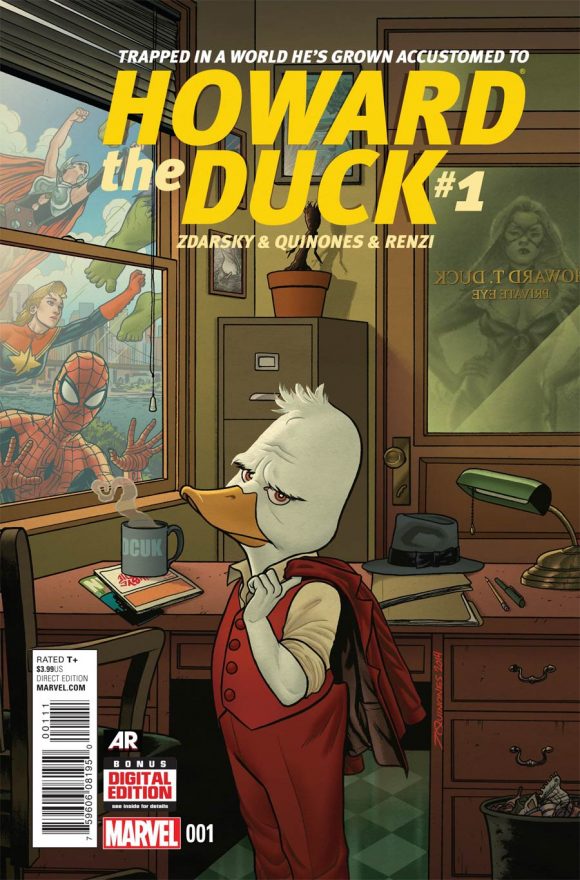
11. Writing ideas down on napkins may be fun and make you look like you’re about to pick someone up in a bar, but when it comes to writing comics professionally? A computer is the key. It doesn’t even have to be a good one, as long as it has a keyboard! But, that being said, a GOOD computer will also tell you when you’ve spelled something wrong! I mean, it won’t TELL you (we’re not living in Star Trek … yet), but it will underline the wrong word with red, which is nice.
12. Several times in my scripts I wrote “Spider-Man licks his lips in anticipation,” but the artist (Joe Quinones) kept insisting he couldn’t draw that. So, know your artist’s limitations. Some artists can make magic with a script, and some, like Joe, just can’t.
13. Comics is a fickle industry with no job protection so I’m also a licensed plumber, specializing in new kitchen/bathroom installs. When I’m on a job site a lot of my clients really enjoy discovering that I rebooted Jughead to a lot of (online) acclaim. Makes their reno a bit more fun!
BONUS: 14th Tip from Chip Zdarsky:
You may think that 1 1/2″ ABS or PVC pipe is standard for drainage, but a lot of residential permits now require 2″ for kitchens due to food waste clogging drains. So don’t purchase lengths of pipe before contacting me as you may just end up needing to return it.
—
If you’d like to purchase any or all of these fine publications — and you do — click the links:
Angel Catbird Vol. 1. Click here.
Fight Club 2. Click here.
Surgeon X. Click here.
Legend. Click here.
Howard the Duck, Vol. 1. Click here.

Trackbacks/Pingbacks